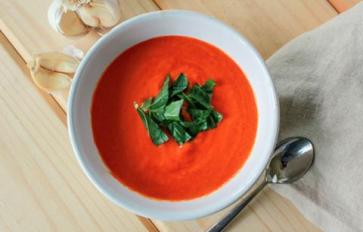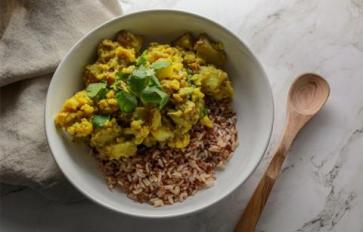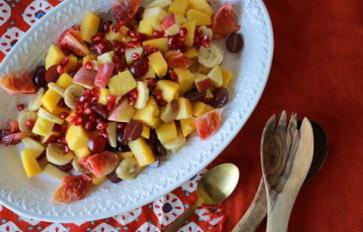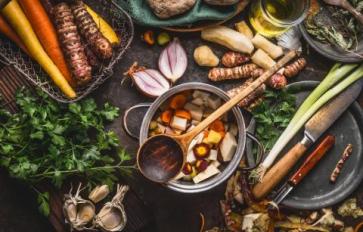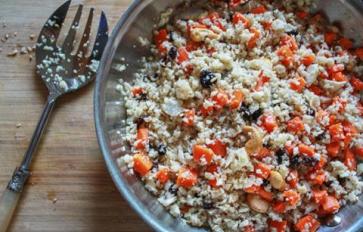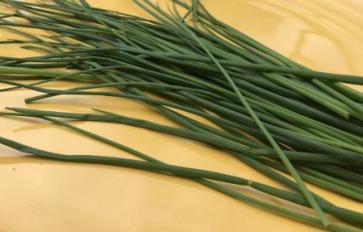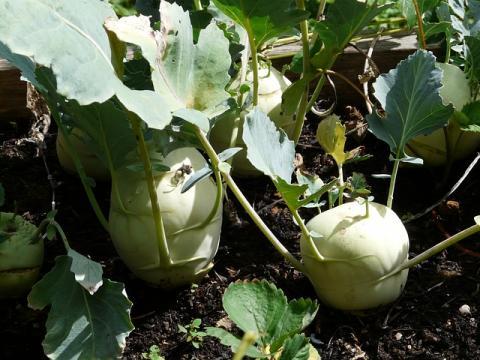
Get creative this fall and mix up your root vegetables! Sure, you can't go wrong with staples like potatoes and carrots, but why not embrace the adventurous chef in you? There is a bounty of weird, knobby looking roots that are great for mashing, roasting, sautéing, and pureeing. Next time you are in the mood for cooking up some roots, give one of these a try.
Rutabaga
This one is fun to say, ROOT-uh-bay-guh. A cross between a turnip and a cabbage, you know they are good for you. Rutabagas have a high iron content as well as lots of vitamin C. While they may not be as starchy as a potato, they make for an excellent alternative. With easy to peel skin, give rutabagas a try next time you get a desire to whip up some mashed potatoes.
Sunchoke
The first time I bought a sunchoke it was completely by accident. Rushing through the grocery store, what I thought was ginger actually turned out to be a sunchoke. While it was an easy mistake, they are anything but similar in flavor. Also known as Jerusalem artichokes, sunchokes have a mild, sweet flavor than artichokes. The skins are also edible which is a bonus since they are not the easiest root to peel. Eat them raw or cook them as you would a potato.
Kohlrabi
Definitely not the usual run of the mill root vegetable staple. Bright purple or green, there is no mistaking these crazy looking roots. They are known to have a flavor similar to that of broccoli and a hint of pepper. Part of the same family as cabbage, the entire vegetable is edible. Stir-fry it, steam it, put it in your soups, or enjoy it raw.
Jicama
Often referred to as a Mexican yam, Jicama is crunchy, sweet, and starchy. It resembles a cross between a turnip and a potato. Full of potassium, vitamin-B, and iron, it adds some nutrients to the mix and it can go with almost anything. When you get a starch craving, turn your regular potato fries into jicama fries. Or, try one of my favorites and eat it raw in your Mexican fruit salad.
Lotus Root
Slice into a lotus root and you will a see a defining characteristic in appearance. The holes you notice are air canals all along the root. Lotus root is most commonly used in Asian cuisine. The size of a baked potato, it is best to prepare the root by washing, peeling, and trimming the ends. Bake it as chips for a snack or add it to your stir-fry to get the full effect.
What's your favorite weird looking root vegetable?

